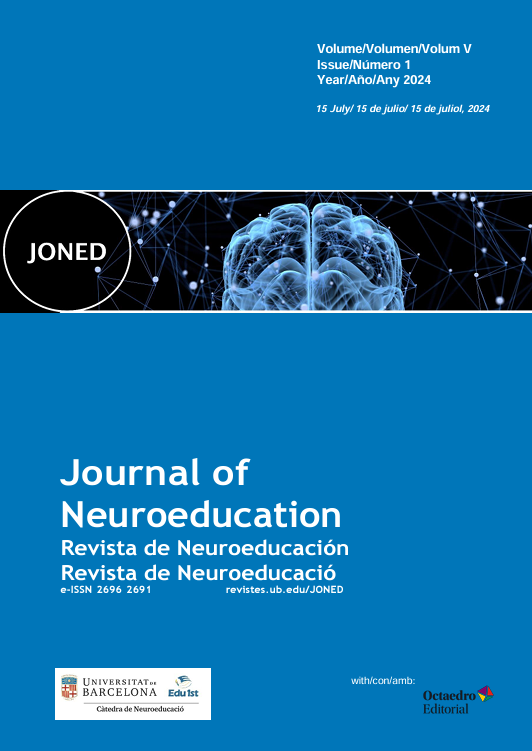Impact of the Application of a Multi-level Intervention Model in Small Classroom Groups for Reading Improvement in Third-Grade Students
Abstract
This study examines the feasibility and impact of adapting the Response to Intervention (RTI) multi-level intervention model to the Argentine classroom context, specifically targeting reading improvement among third-grade students. The traditional RTI model, typically featuring staggered interventions over time, was restructured to enable teachers to simultaneously plan and execute three-tiered instructional sequences within the same classroom environment. This adaptation aimed to address each student's unique learning trajectory by providing tailored scaffolding. The research was conducted with 164 third-grade students from two private schools in Santa Fe Province, Argentina. It employed a quasi-experimental design to assess the impact of the intervention on reading skills. Teachers were trained in evidence-based reading and writing practices, as well as in the adapted RTI model, which emphasized small group work within the classroom under the guidance of the same teacher. The intervention's effectiveness was evaluated through the "Screening del Nivel Lector" (SNL), a digital assessment tool, at three points: at the beginning of the intervention, after its application, and six months later without further intervention. Initial findings revealed that students in the intervention group, as compared to a control group, showed significant improvement in reading performance immediately following the intervention. This progress was sustained over time, with a decrease in the number of students at risk for reading difficulties. The study supports the effectiveness of explicit instruction and small group work in improving reading proficiency. Moreover, the adapted RTI model proves to be a promising approach for resource-limited educational settings where additional teaching support is scarce.
Downloads
Published
Issue
Section
License
Copyright (c) 2024 Rufina Pearson

This work is licensed under a Creative Commons Attribution-NonCommercial 4.0 International License.
The authors who publish in this journal agree to the following terms:
a. Authors retain copyright and grant the journal the right of first publication
b. Texts will be published under a Creative Commons Attribution Non Commercial License that allows others to share the work, provided they include an acknowledgement of the work’s authorship, its initial publication in this journal and the terms of the license, and not for commercial use.



